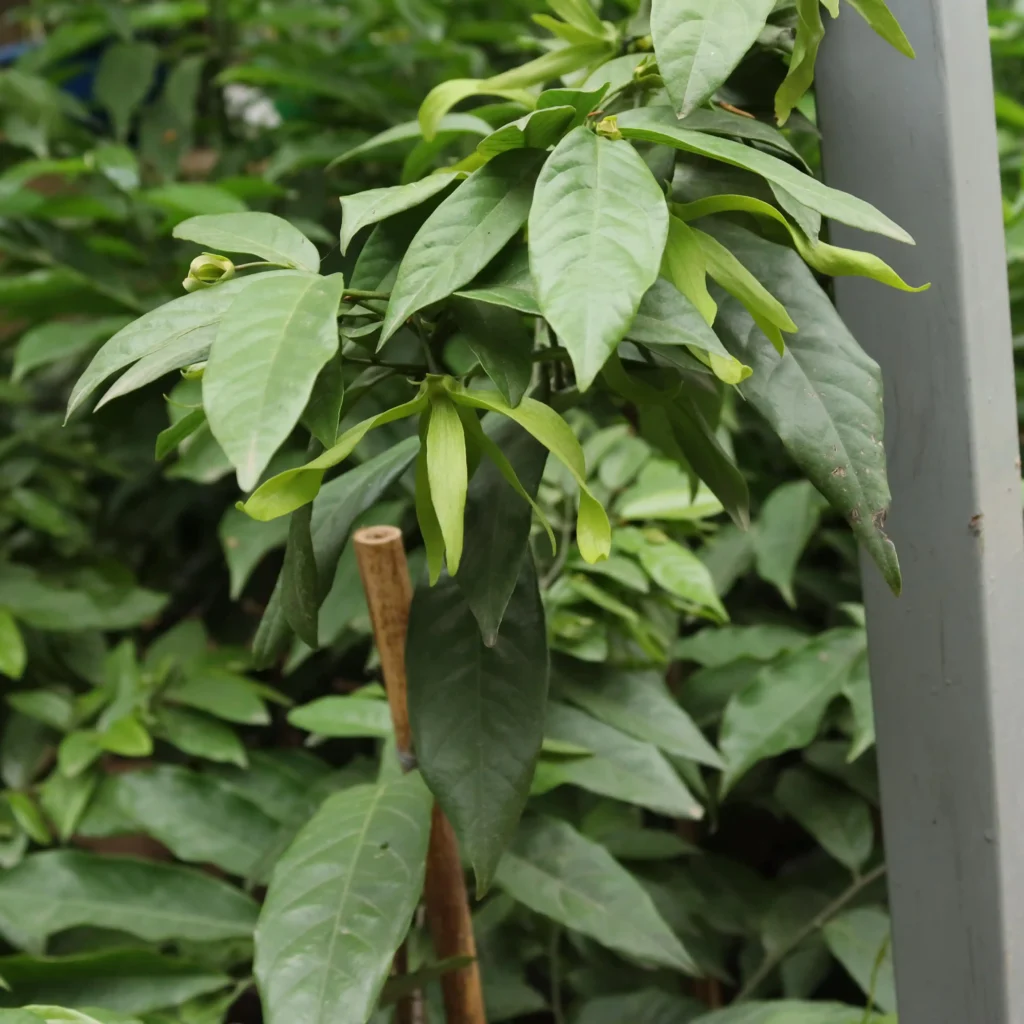Dwarf Avocado Tree

Introduction
A dwarf avocado tree: Avocados are delicious and packed with nutrients because of their smooth, creamy texture. So, they’re not only delicious, they’re also good for you. Avocados are native to warm climates, and they grow so large that they can overgrow even in small yards. Those who want their avocado tree may not even have a yard to plant it in. What’s the solution?
Dwarfing an avocado tree can be a bit of a challenge, but it is not impossible. A common way to dwarf a tree is to graft a full-sized tree onto a scion that normally grows into a smaller tree. This works well for apples, peaches, and pears, all of which have smaller versions. However, avocados are only available in larger sizes. This gives the grower the option of dwarfing the tree using bonsai techniques.
Plants grown from seeds may not bear fruit.
Avocado growers should not expect classic bonsai because trees typically recommended for bonsai naturally have small leaves. This method makes the tree look more natural. Avocados have beautiful, lush leaves. This is one reason they make beautiful shade trees in areas where they can grow to full size.
Avocados can be grown from seed or purchased in containers from a plant catalog. However, plants grown from seed may not bear fruit at all – and may stop bearing after a few days. Avocado trees grown outdoors will need to be about nine or ten years old before they start producing fruit. One way to speed up the fruiting process is to purchase scions (living branches) or cuttings from a mature tree. These can also be grafted onto immature rootstock. Once grown onto the rootstock, mature branches can bear fruit on a schedule that matches the parent tree.
10 Healthy Breakfast Ideas to Start Your Day Off Right
Growing a Dwarf Avocado Tree from Seed
First, collect the seed from a ripe avocado. Remove the pit but do not damage the tough outer shell of the seed. Place the seed with the largest end down and place it in an avocado float holder (this is instead of the old-fashioned toothpick method). Float the holder in a container of water. Within a few days, a root will begin to form. After a few weeks, a small green plant will begin to grow upwards. As the water level drops, the container and seed float with it so that it is always in the water as the roots form. Buying an avocado from a grocery store increases the success rate of growing avocados from the fruit.
Who Qualifies for the Humana Healthy Food Card? Eligibility & Benefits Explained
Dwarfing an Avocado Tree
Dwarfing any type of tree usually means restricting its growing space, nutrients, and water resources. This is a delicate task because the grower has to shape the tree without killing it. The Encyclopedia of Organic Gardening recommends starting the plant in as small a container as possible. For example, use a mixture of 70% loam and 30% sand, as you would for a deciduous tree. The container should be large enough for the long roots but small enough to restrict growth somewhat. An 18-inch pot with straight sides is perfect for a starter container. Repot the tree once a year into a larger pot. Water only when the soil feels dry and feed lightly with a fish-based organic fertilizer. If the plant seems to be growing very poorly, sprinkle some additional dry fish emulsion on top of the soil.
Axe Throwing for Beginners: How to Play It?
Grafting a Mature Branch to an Unripe Rootstock

To graft a mature branch – that is, a branch from a fruiting tree – to an immature rootstock, select a green, firm stem from an older tree. It should still have some green color and active buds, but the branch should be strong enough to be easily pruned.
Use a sharp pruning knife to cut the branch so that it has a sharp chisel-shaped point at the end, with one cut longer than the other. Then select a spot on the tree that will provide the original stem and cut about half of the stem from a bud point. Stick the chisel point into the newly made cutting. Place the long side of the cut inward toward the main stem, into the stem of the stem. Secure the graft and the end with grafting tape. Leave a little extra piece of tape over the graft cut to prevent water from entering the cut, as this will cause rot at the grafting site and interfere with the bonding process.
How to Care for a Dwarf Avocado Tree?
Caring for Your Growing Dwarf Avocado Tree Even if it is dwarf in size and you are growing it in a tub, growers can expect their avocado tree to be four to five feet tall. Avocados are usually self-pollinating, but they are more productive if there are two trees. If there are no insects, human intervention may be required for pollination. Periodically prune the top of the tree and rotate it to take advantage of the best light so that it branches out sideways and grows evenly on all sides. Mist lightly and clean the leaves periodically if your home has a dry heat source.
Even if your avocado tree does not bear fruit, it will still be an attractive plant for your home decor. With its broad leaves and bright flowers, it is also a talking point. Especially if you grow a rootstock from a seed in your own home. Like many indoor plants, a dwarf avocado tree will help improve indoor air quality. But hopefully, it will also produce delicious avocado fruit, increasing the amount of food the family eats during the season when fresh fruit availability in supermarkets is limited.
Here are 5 frequently asked questions (FAQs) about the Dwarf Avocado Tree:
Answer: A dwarf avocado tree typically grows 8 to 10 feet tall, making it ideal for small gardens and container growing.
Answer: Yes, you can grow a dwarf avocado tree indoors as long as it gets at least 6-8 hours of direct sunlight or is supplemented with a grow light.
Answer: A dwarf avocado tree usually takes 3 to 4 years to start producing fruit, depending on growing conditions and care.
Answer: Well-draining, loamy, or sandy soil with a pH between 6 and 6.5 is ideal for healthy growth.
Answer: Water deeply once or twice a week, ensuring the soil stays moist but not waterlogged. Reduce watering in winter.



